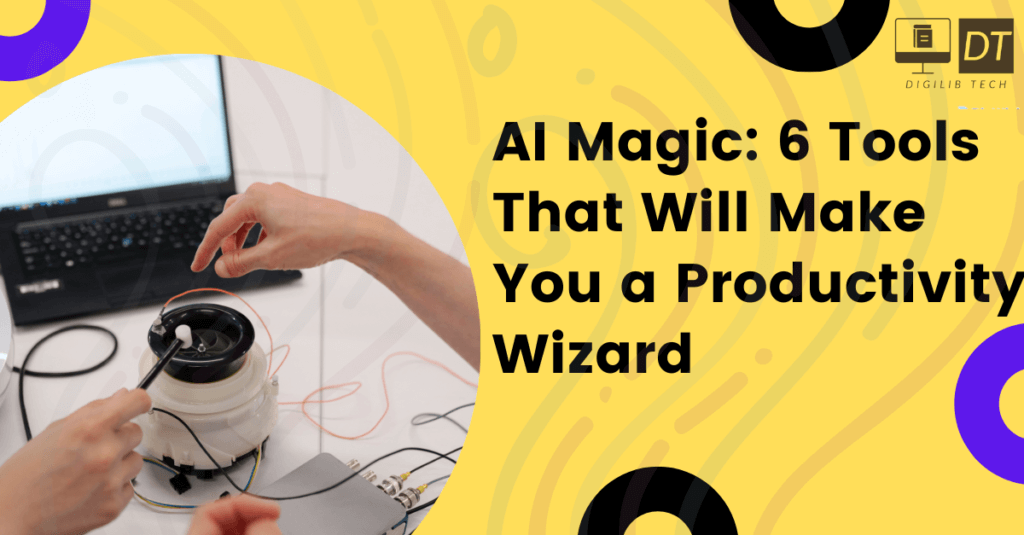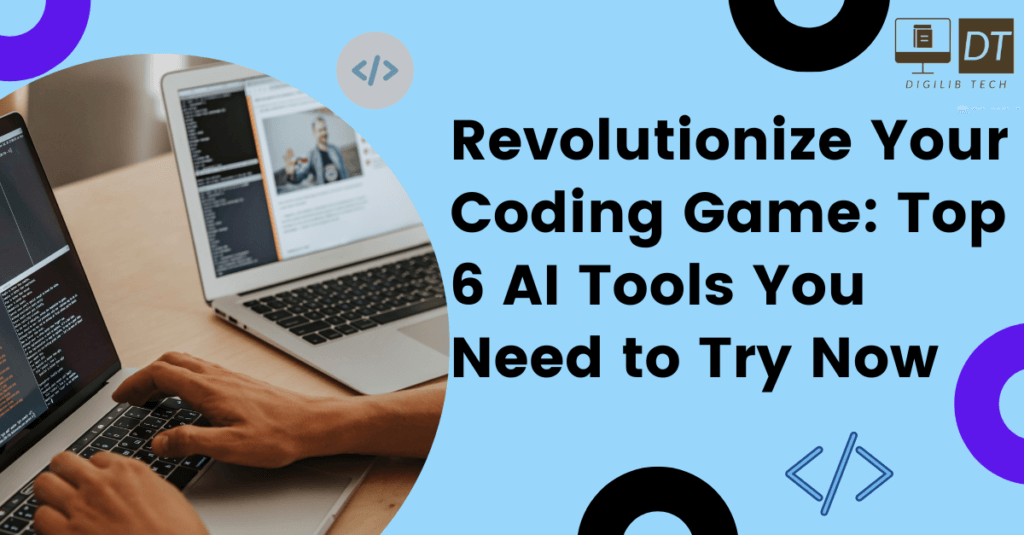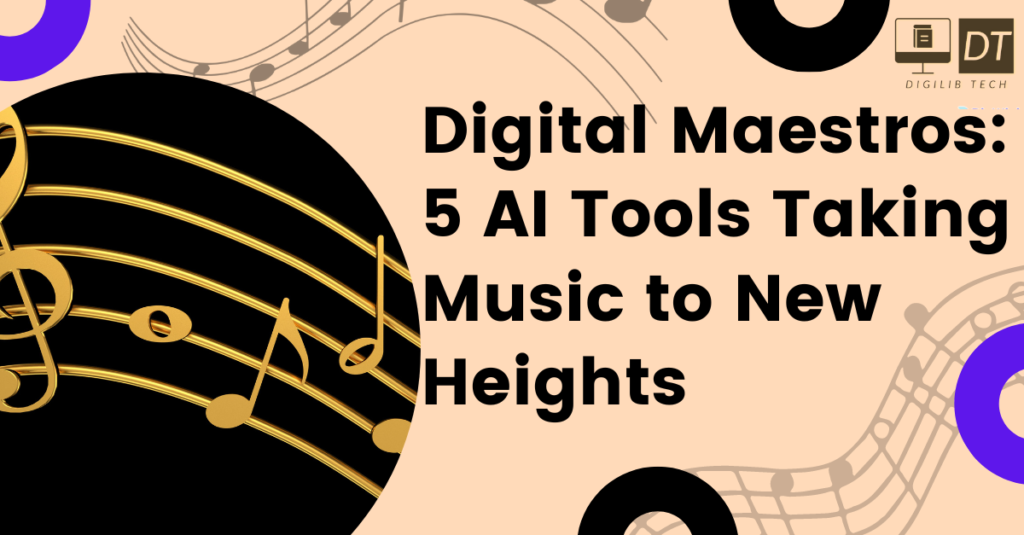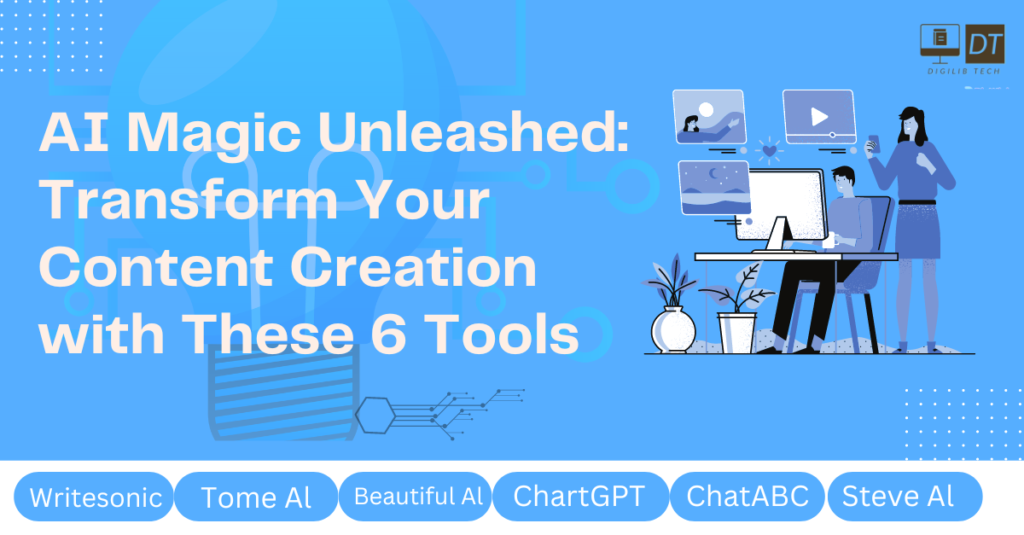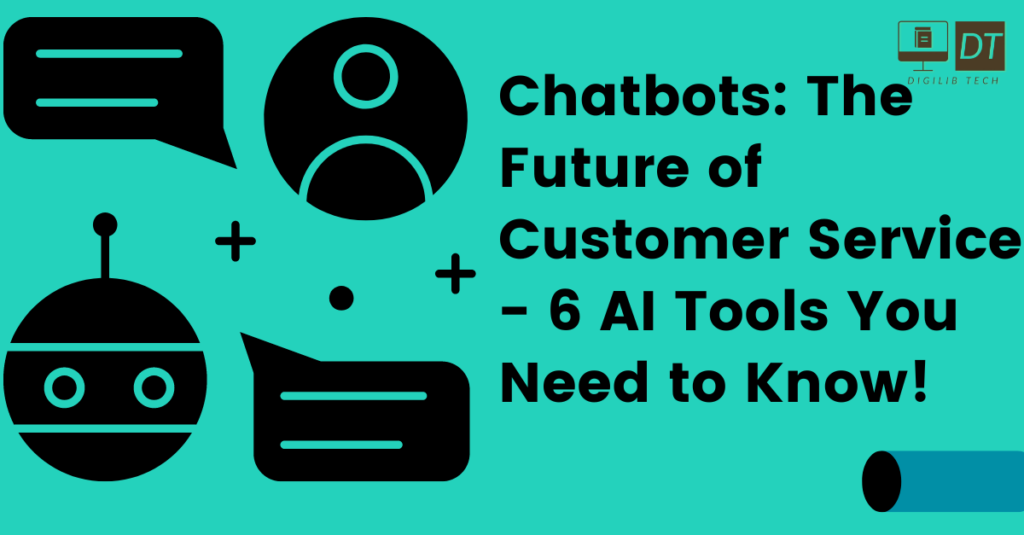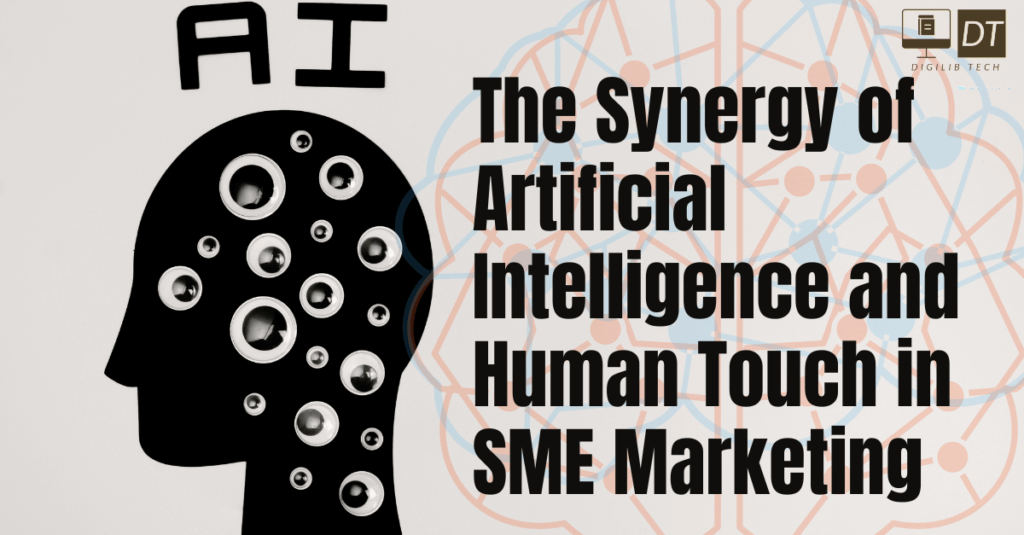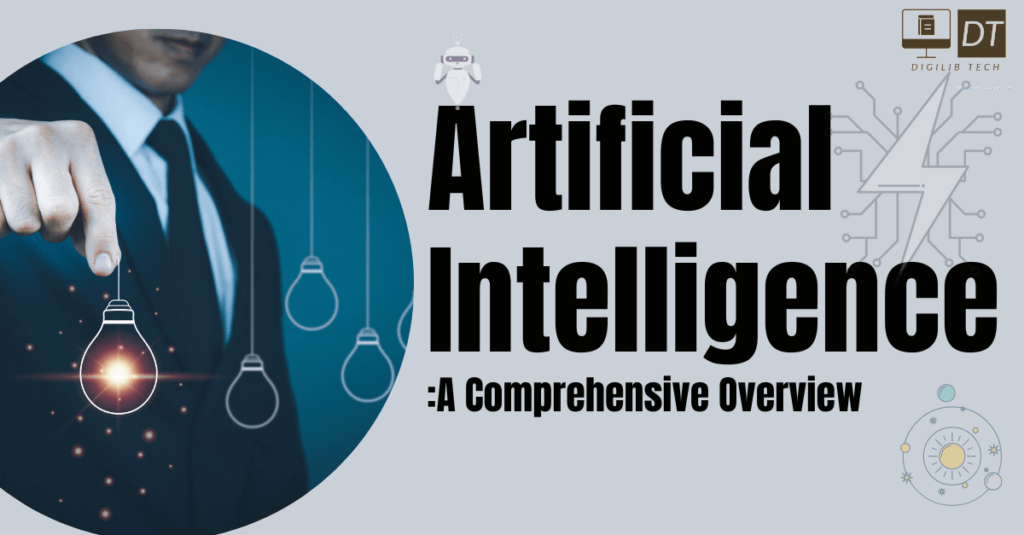What is artificial intelligence (AI)?
Artificial intelligence (AI) refers to the emulation of human intelligence processes using computer systems and machines. AI encompasses a broad spectrum of applications, which include expert systems, natural language processing, speech recognition, and machine vision. It essentially involves creating computer programs and systems that can perform tasks and make decisions that typically require human intelligence. AI has evolved significantly and has found diverse applications across various industries, revolutionizing how we interact with technology and data.
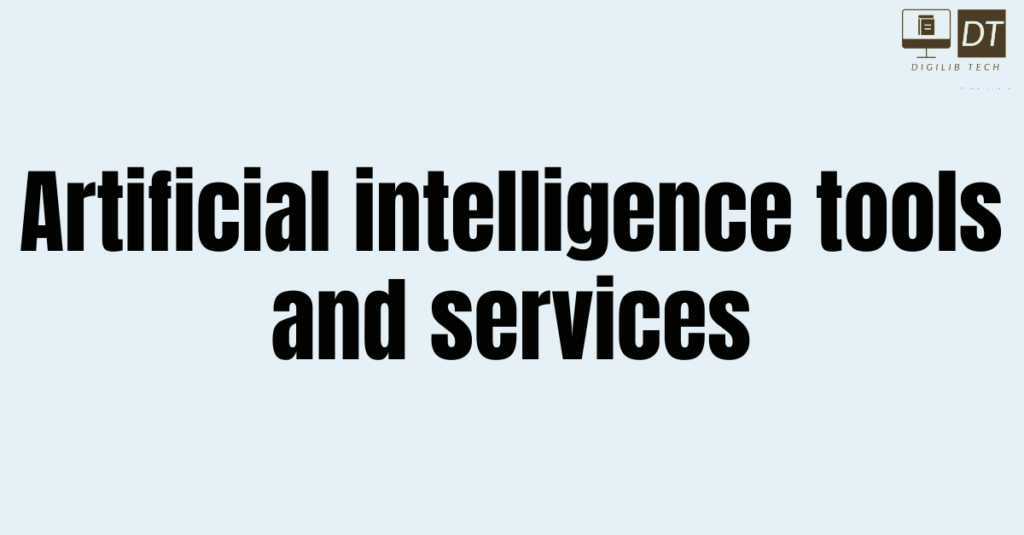
AI tools and services have experienced significant advancements in recent years, with their evolution traced back to the 2012 introduction of the AlexNet neural network. This milestone ushered in a new era of high-performance AI, characterized by the utilization of GPUs and vast datasets. The pivotal change was the capacity to train neural networks on extensive data sets using multiple GPU cores in parallel, making the process more scalable.
In the past several years, the collaborative efforts between prominent AI leaders such as Google, Microsoft, and OpenAI, coupled with hardware innovations driven by Nvidia, have facilitated the execution of ever-larger AI models on interconnected GPUs. This convergence has resulted in game-changing enhancements in performance and scalability, notably contributing to the success of ChatGPT and numerous other groundbreaking AI services.
Here is an overview of the key innovations in AI tools and services:
Transformers: Google played a pivotal role in refining the process of provisioning AI training across large clusters of commodity PCs equipped with GPUs. This breakthrough laid the foundation for the development of transformers, which automate various aspects of AI training on unlabeled data.
Hardware Optimization: Hardware vendors like Nvidia have made substantial contributions by optimizing microcode to run efficiently across multiple GPU cores in parallel, particularly for popular algorithms. Nvidia’s efforts, encompassing faster hardware, more efficient AI algorithms, GPU instruction fine-tuning, and improved data center integration, have yielded a remarkable million-fold improvement in AI performance. Additionally, Nvidia collaborates with cloud providers to make this capability more accessible through AI-as-a-Service models, spanning Infrastructure-as-a-Service (IaaS), Software-as-a-Service (SaaS), and Platform-as-a-Service (PaaS) offerings.
Generative Pre-trained Transformers (GPTs): The AI landscape has evolved rapidly, with vendors like OpenAI, Nvidia, Microsoft, Google, and others introducing generative pre-trained transformers (GPTs). These models can be fine-tuned for specific tasks at a significantly reduced cost, expertise, and time compared to the traditional approach of training AI models from scratch. While some of the largest models used to cost millions of dollars per run, enterprises can now fine-tune resulting models for just a few thousand dollars, accelerating time-to-market and reducing risk.
AI Cloud Services: One of the major challenges hindering enterprises from effectively leveraging AI in their operations is the complexity of data engineering and data science tasks required to integrate AI capabilities into new or existing applications. Leading cloud providers have addressed this by introducing their own AI-as-a-Service offerings, streamlining data preparation, model development, and application deployment. Prominent examples include AWS AI Services, Google Cloud AI, Microsoft Azure AI platform, IBM AI solutions, and Oracle Cloud Infrastructure AI Services.
Cutting-edge AI Models as a Service: Leading AI model developers also offer cutting-edge AI models as part of these cloud services. OpenAI, for instance, provides a range of large language models optimized for tasks such as chat, natural language processing (NLP), image generation, and code generation, which can be accessed through Azure. Nvidia takes a cloud-agnostic approach, offering AI infrastructure and foundational models optimized for various data types, including text, images, and medical data, across all major cloud providers. Moreover, a multitude of other players offer specialized models tailored to different industries and use cases.
These innovations collectively reflect the dynamic and rapidly evolving landscape of AI tools and services, opening up new possibilities and opportunities for businesses and developers alike.
More:
What is artificial intelligence (AI)?
How Artificial Intelligence Functions?
What is Differences Between AI, Machine Learning, and Deep Learning?
What are the Advantages of Artificial Intelligence ?
What are the Disadvantages of Artificial Intelligence ?
What is Differences Between Strong AI vs Weak AI
Types of Artificial Intelligence
What are the applications of artificial intelligence?
What Is Differences Between Augmented Intelligence & Artificial Intelligence
Ethical Considerations in the Use of Artificial Intelligence


